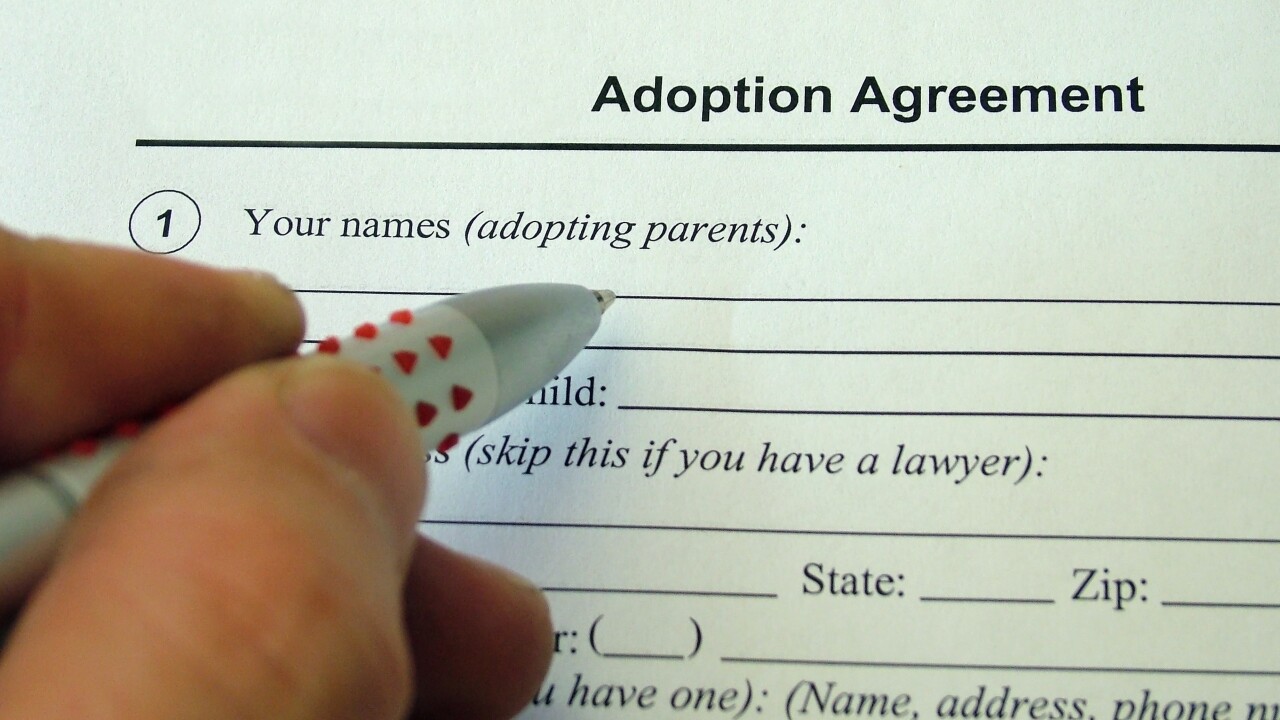According to the U.S. Census Bureau, nine out of 10 women will be solely responsible for their own financial health at some point in their lifetime. Did you see that word solely? Add to the mix that women represent 50 percent of the workforce and 42 percent of people with assets exceeding $600,000. Also, women account for 50 percent of business owners in the U.S. So, I ask you, don't they deserve some consideration?
Financial planners should be targeting women more than ever because of all those challenges that they face. For example, consider those who step back from work in order to raise a family. And, of course, don't forget that women generally live longer than men; as a result, they are subject to financial turmoil. Then you have to factor in the problem that women still earn less than men, even in similar jobs, and you come up with a bottom line that women will probably reach retirement age with less than desired resources. In other words, they will outlive their money. Not good.
So, what is being suggested? Beth Rosenberg King is a well-known financial advisor with Wachovia Securities in Boston and she recommends that women must start with a safety net. "Establish reserves of three to six months of living expenses in savings or money-market funds." She wants the woman to reach the point where 35 percent or less of her income is paying off debt. And of course, she targets a first priority as getting rid of high-interest debt. This dovetails with what many financial gurus around the country advocate: Don't enter into a retirement mode with debt hanging over your head.
King also strongly advocates calculating your net worth. She says that it is relatively simple to do by adding the value of all assets, which includes real estate, cars, collectibles, investment accounts, savings, etc. From that number, one then subtracts the liabilities, which are credit cards, loans, mortgages, and the like. Naturally, you deduct the mortgage on your property only if you are listing that property in the asset category.
Next, one has to start looking at cash flow. That means, putting down on paper exactly what your flow of cash looks like. This should include all income, whether by salary, interest, commissions, dividends--whatever, and then all expenses including clothing, food, housing, and yes, even taxes. Separate from that food item any restaurant dining. That goes in the non-essential category.
Financial objectives are next up. One has to prioritize goals which include short-term (three years), medium-term (three to seven years), and long-term (over seven years). In this area you want to target specific goals such as a down payment for a house, or funding college education for a child, or even funding a retirement package.
According to King, women may spend 25 years ort more in retirement. Therefore, she feels that outpacing inflation with a solid investment and retirement plan is vital. King is absolutely right! Make sure your money outlives you, even for a day.





